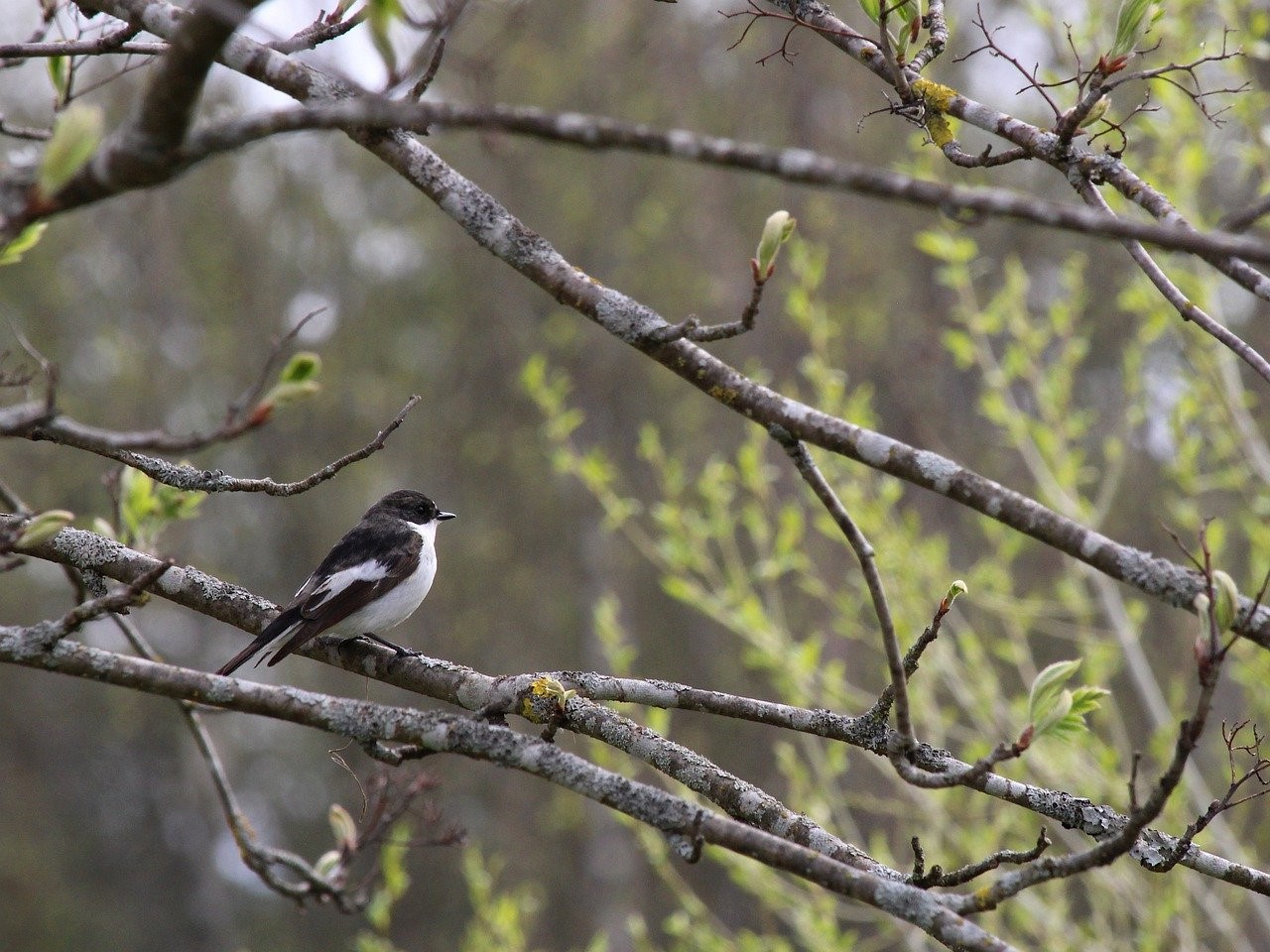En 64 år lång studie av en svartvit flugsnapparpopulation
DOI:
https://doi.org/10.34080/os.v21.22607Nyckelord:
häckningsbiologi, predation, klimateffekter, populationsstudier, mellanartskonkurrens, holkAbstract
A nestbox breeding population of Pied Flycatchers Ficedula hypoleuca was monitored during 64 years in a mixed coniferous-deciduous forest area near Örebro, South Central Sweden. The population showed a continuous average decline of c. 0.5 pairs per year, from c. 50% to c. 20% occupancy. There was a strong negative correlation between flycatcher numbers and those of other hole-nesters, but it is doubtful whether any causal relationship existed. Mean laying date was 24 May (17 May—3 June) and showed a negative correlation with mean May temperatures, yet no significant trend over the six decades. Mean laying date did, however, show an increased variation during the last 20 years. Mean clutch size varied between 5.76 and 7.08, with a mean of 6.34. It varied more during the last 30 years but without any significant relationship with mean laying date. A mean of 5.96 young fledged from broods that produced at least one fledgling vs 5.34 for all broods; the lower figure was mainly a consequence of nest predation by Pine Marten Martes martes, particularly after the early 1980s.
Nedladdningar

Downloads
Publicerad
Referera så här
Nummer
Sektion
Licens
Copyright (c) 2011 Karl Gustav Schölin, Hans Källander

Det här verket är licensierat under en Creative Commons Erkännande 4.0 Internationell-licens.
Författaren/författarna innehar copyright för varje enskilt bidrag, men samtliga bidrag är publicerade under en Creative Commons-licens, så att vem som helst kan dela och återanvända bidraget förutsatt att copyright-innehavaren erkänns.







